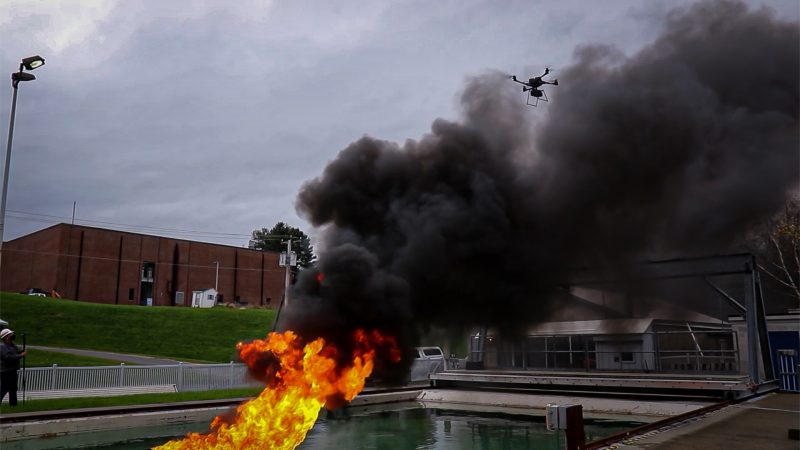#37: A Fresh (water) Runway: ERDC’s ice and snow expertise enables historic LC-130 landing
When the New York Air National Guard’s 109th Airlift Wing needed to find a suitable location to land its massive LC-130 Hercules cargo plane during an Arctic exercise in March 2025, it turned to ERDC for help. Although the nearby sea ice was not thick enough to support the maneuver, ERDC devised a plan to land…
Read MorePodcast: Play in new window | Download














Recent Comments